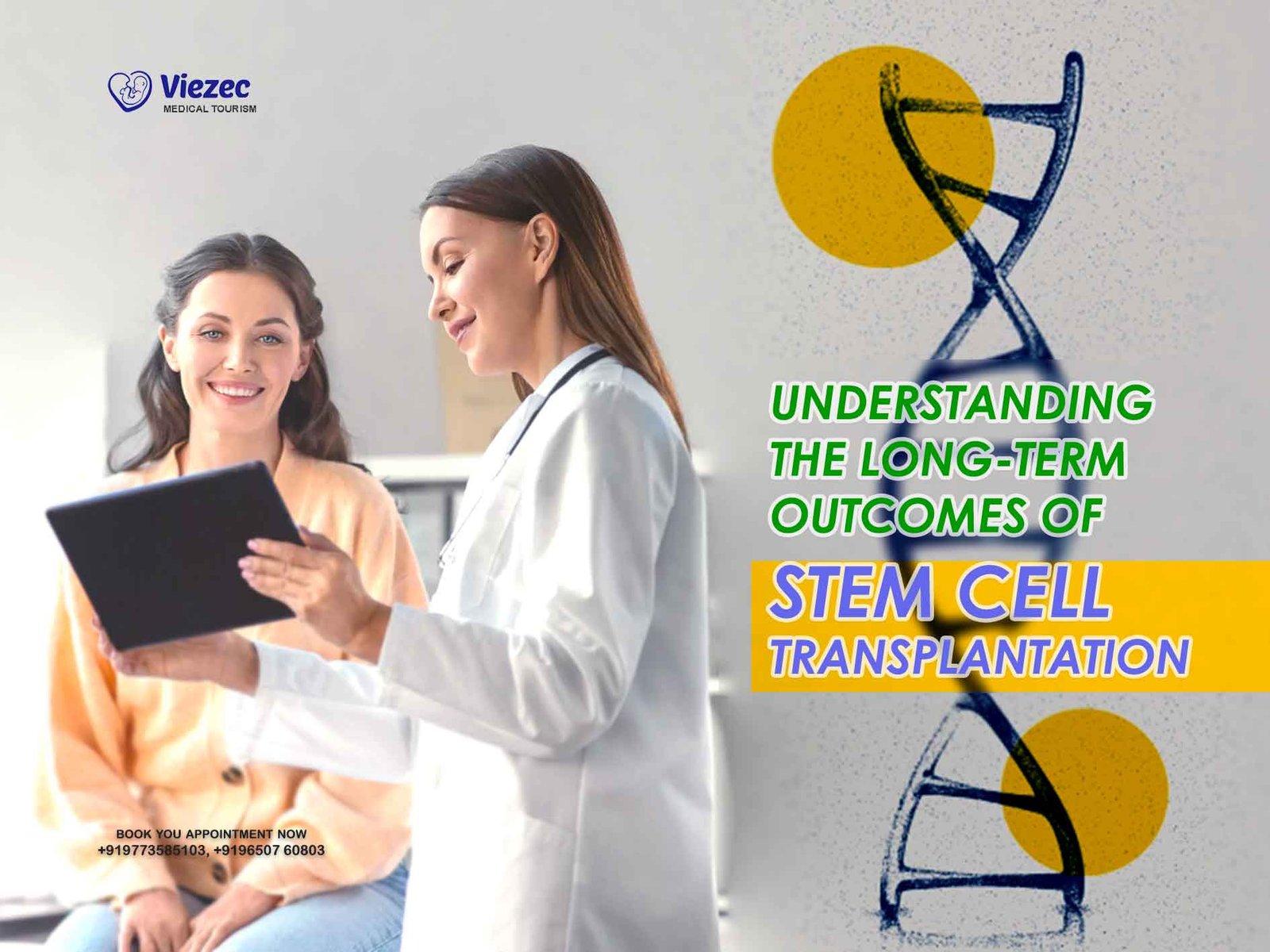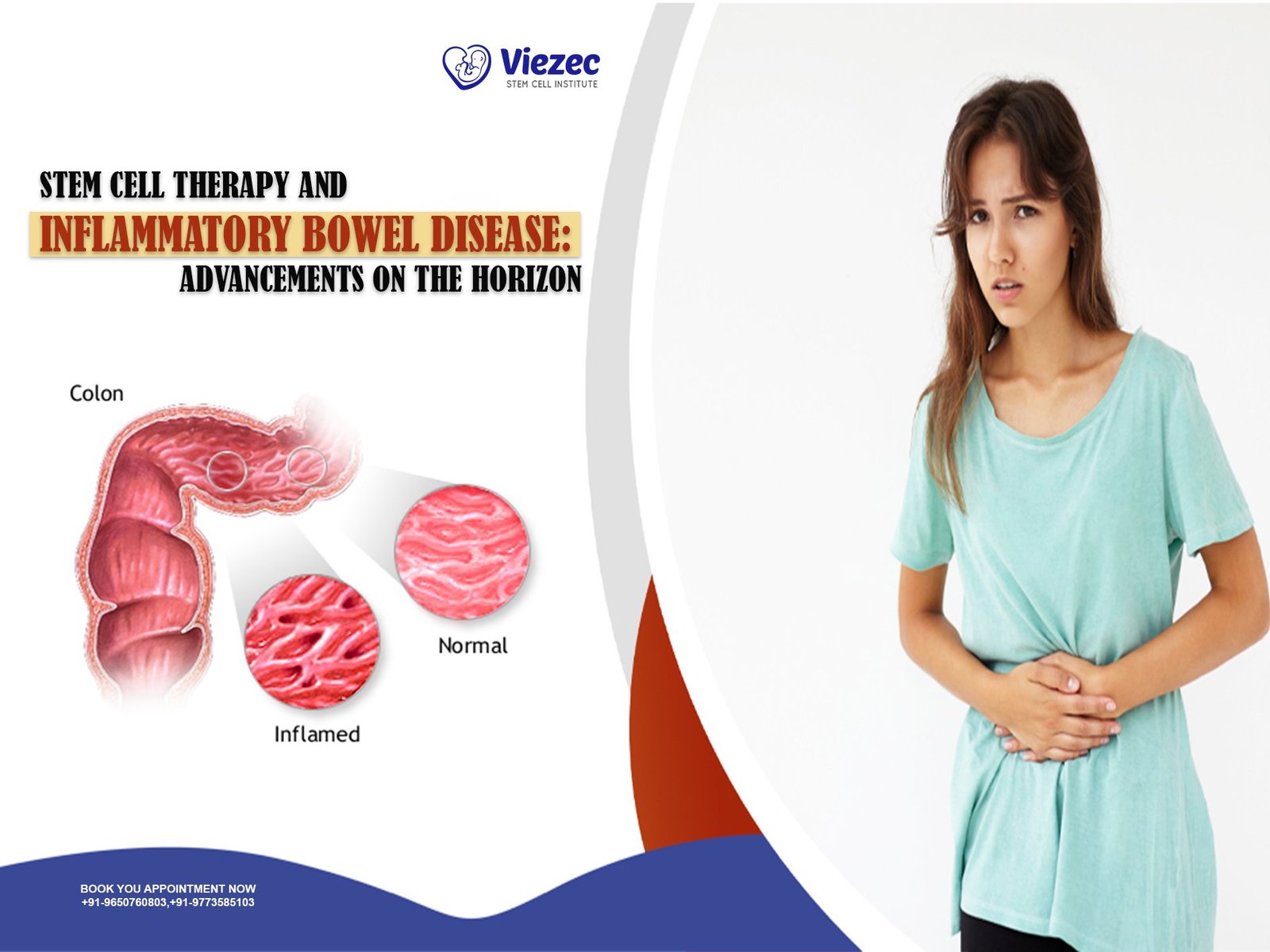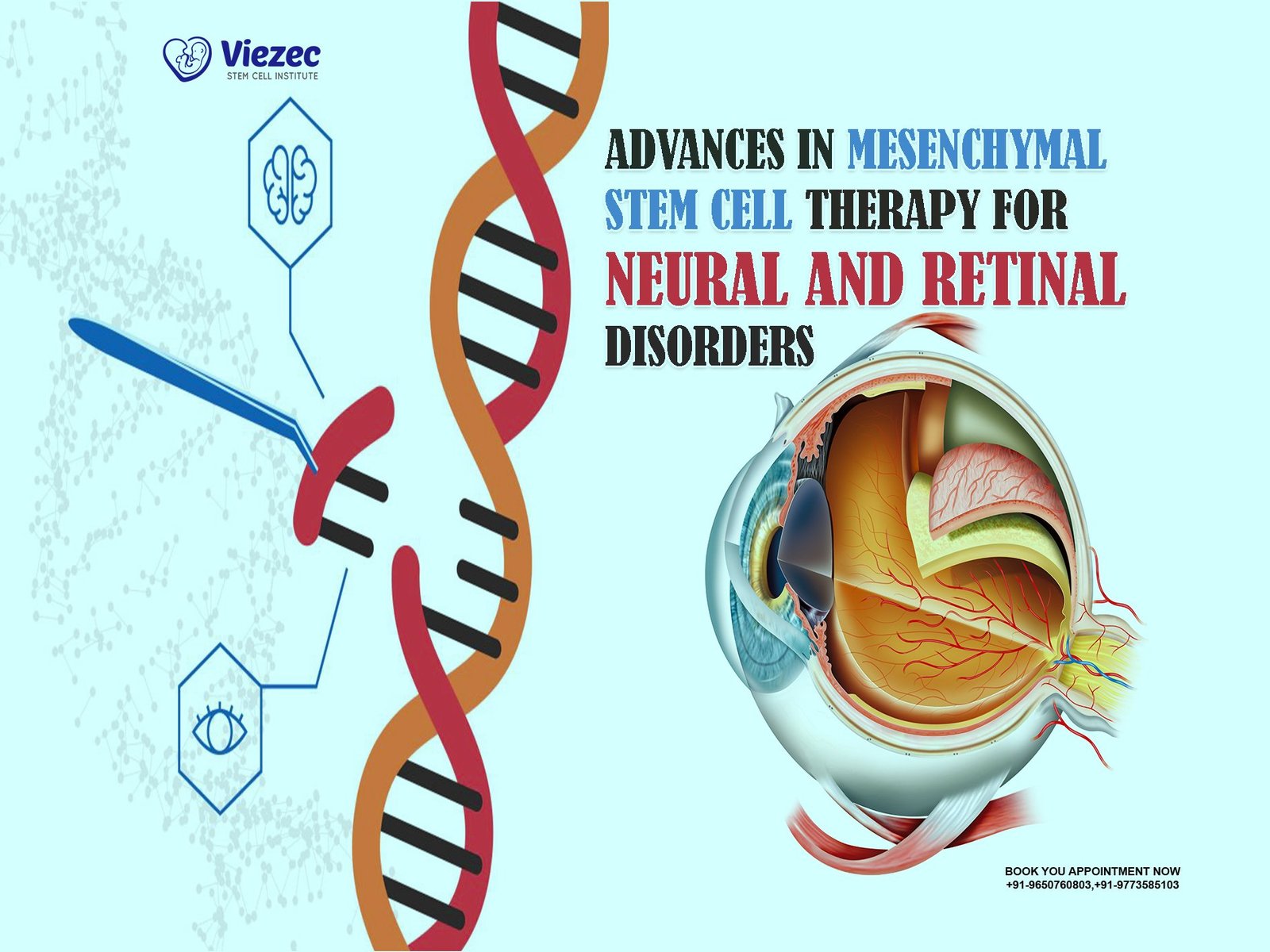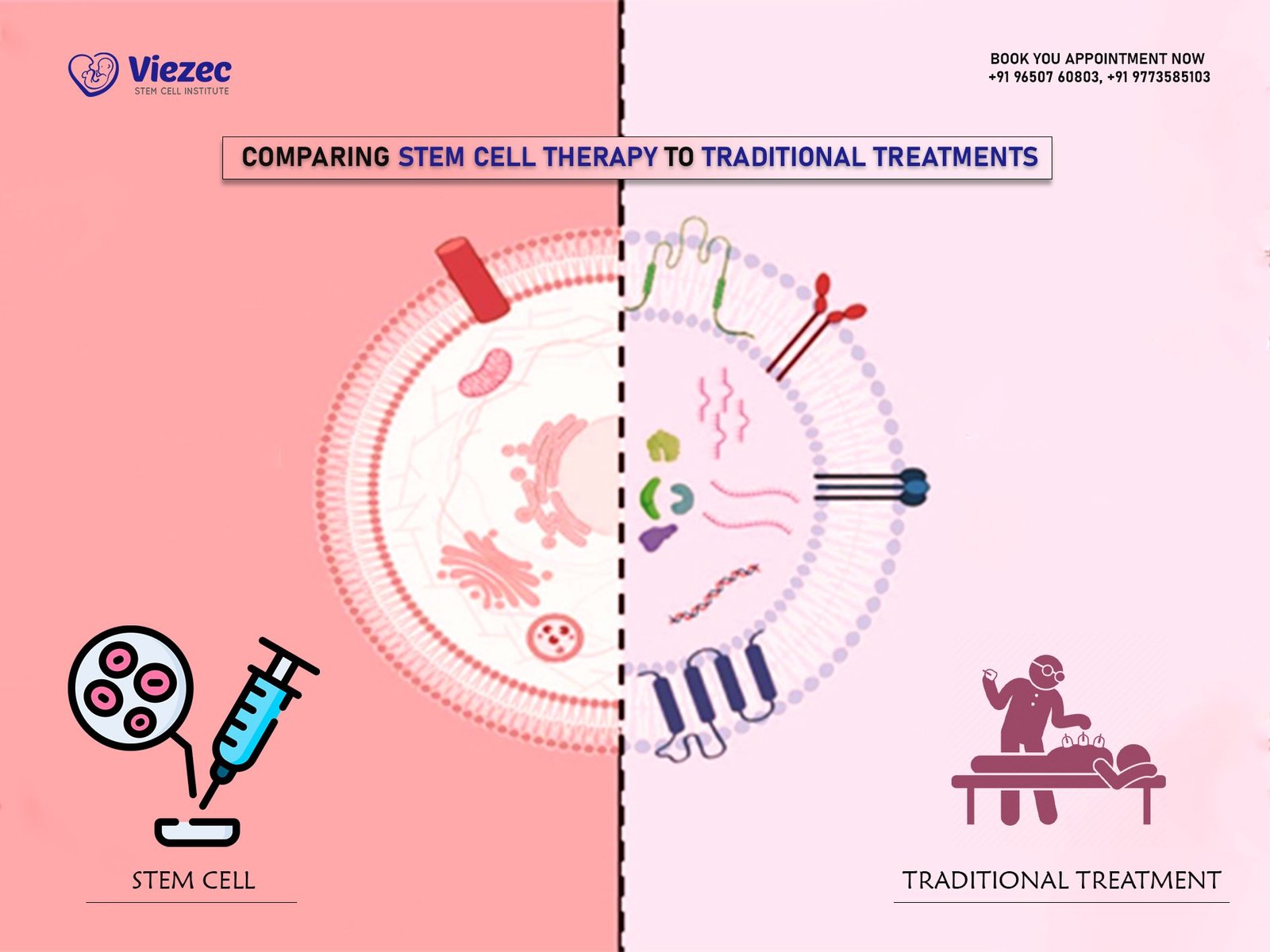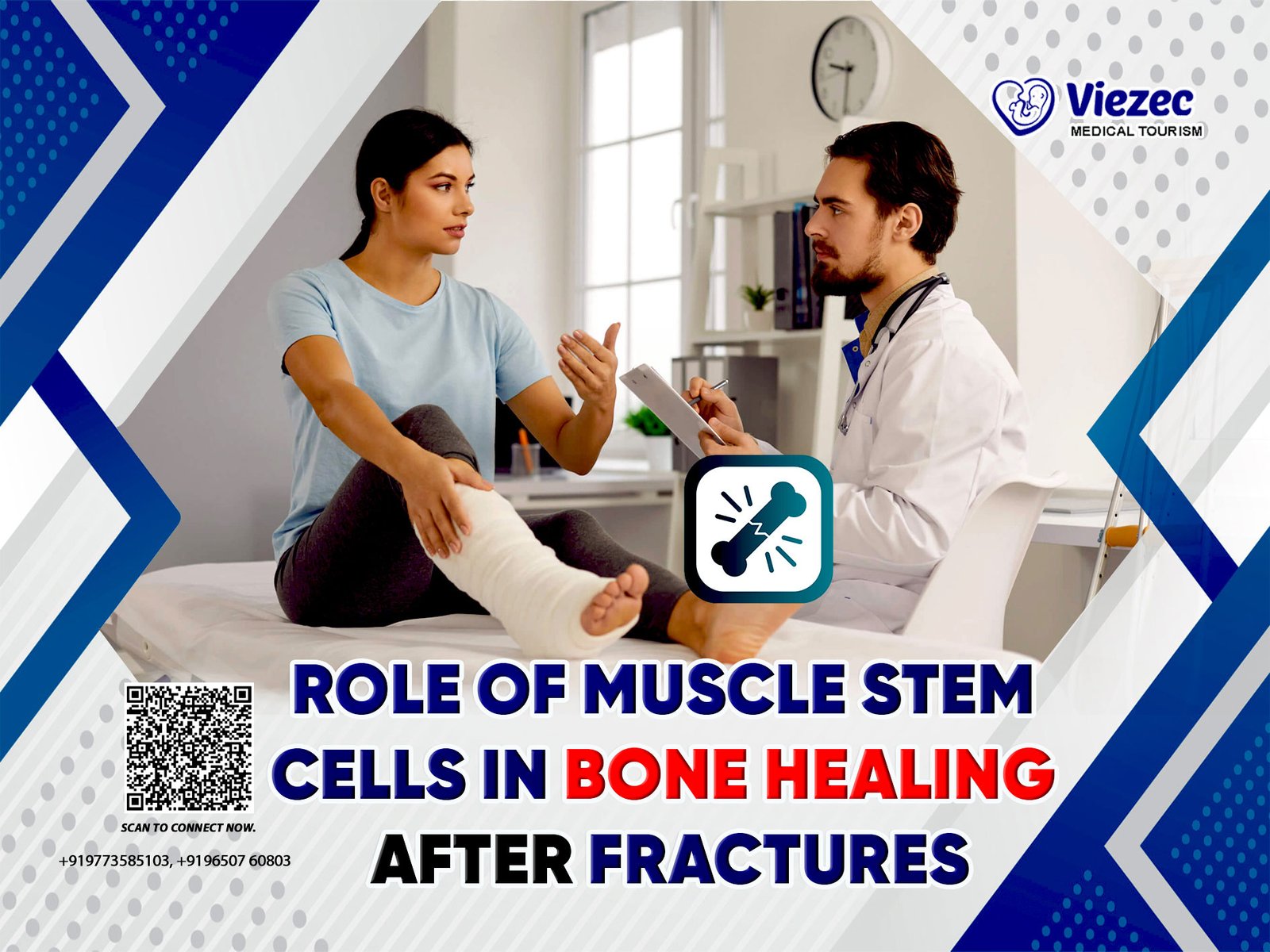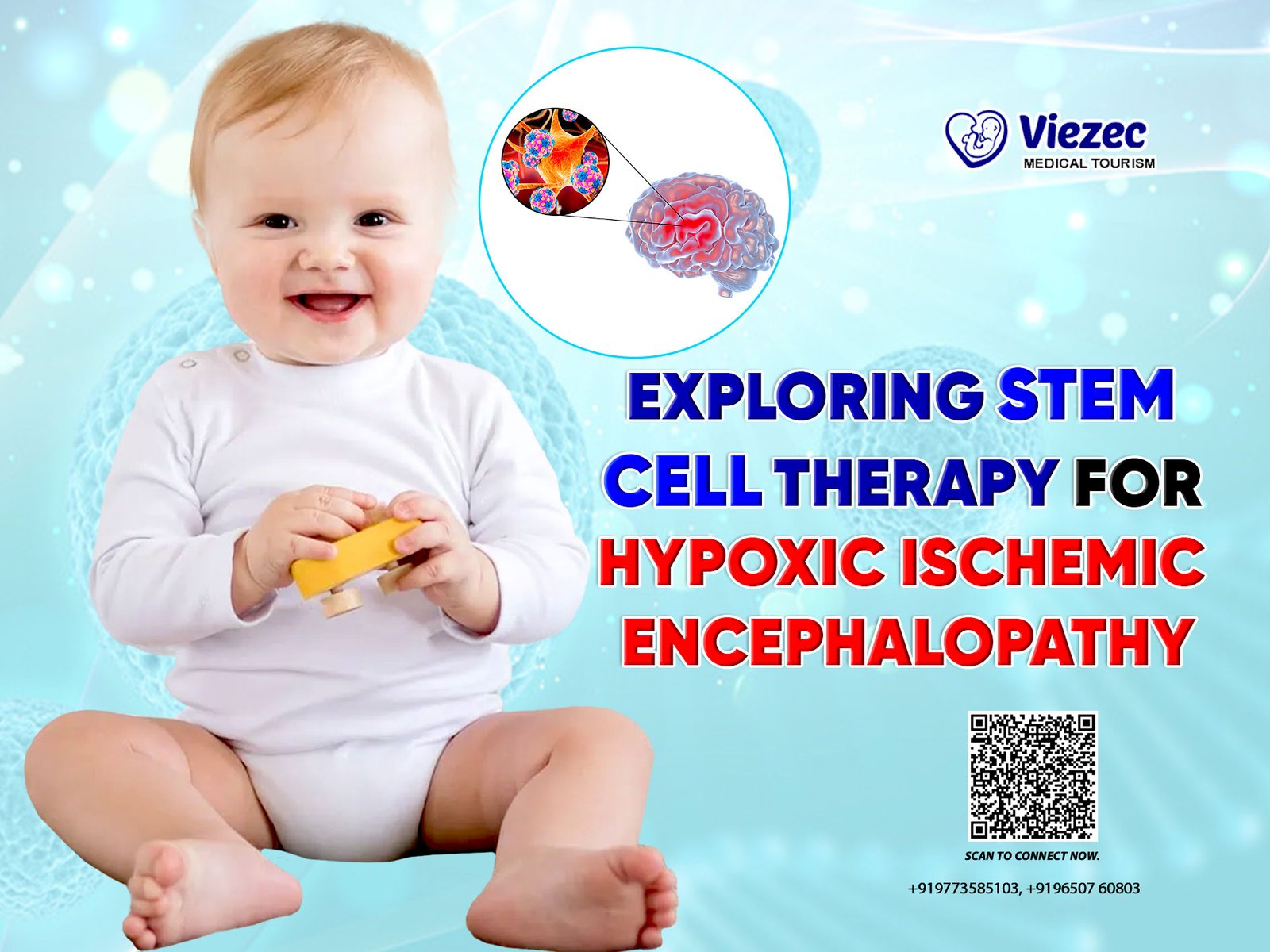Stem cell transplantation, also known as hematopoietic stem cell transplantation (HSCT), is a medical procedure used to treat various conditions, including certain cancers, blood disorders, and autoimmune diseases. While short-term outcomes are often well-documented, understanding the long-term effects of this procedure is equally crucial for patients and healthcare professionals. Here, we delve into the intricacies of stem cell transplantation, exploring its long-term outcomes, challenges, and advancements.
What Is Stem Cell Transplantation?
Stem cell transplantation, also known as hematopoietic stem cell transplantation (HSCT), is a medical procedure in which healthy stem cells are infused into a patient to replace damaged or diseased bone marrow. This procedure is most commonly used to treat cancers such as leukemia and lymphoma, as well as other blood disorders such as sickle cell anemia and thalassemia.
Types of Stem Cell Transplantation
There are two primary types of stem cell transplantation:
- Autologous Transplantation: In an autologous transplant, stem cells are harvested from the patient’s own body, typically from the bone marrow or peripheral blood, and then infused back into the patient after intensive treatment such as chemotherapy. This method minimizes the risk of immune rejection.
- Allogeneic Transplantation: In an allogeneic transplant, stem cells are taken from a compatible donor, such as a sibling or unrelated individual, and infused into the patient. This approach can be more effective in treating certain diseases but carries a higher risk of complications, such as graft-versus-host disease (GVHD).
Rationale for Stem Cell Transplantation
Stem cell transplantation works by replacing diseased or damaged cells in the bone marrow with healthy stem cells. This process can enable the restoration of normal blood cell production and immune function. In cancer patients, high-dose chemotherapy or radiation therapy is often used before the transplant to eradicate the cancerous cells, and the stem cell transplant helps regenerate the patient’s blood cells and immune system.
Long-Term Outcomes of Stem Cell Transplantation
While stem cell transplantation has been a life-saving treatment for many patients, the long-term outcomes can vary widely depending on factors such as the type of transplant, the underlying disease being treated, the patient’s age and overall health, and the compatibility of the donor in allogeneic transplants.
1. Survival Rates and Quality of Life
The long-term survival rates for stem cell transplant patients vary depending on the type of transplant and the underlying condition being treated. In general, autologous transplants have higher survival rates compared to allogeneic transplants due to the lower risk of complications such as GVHD. However, long-term survival rates for both types of transplants have improved significantly over the past few decades.
- Autologous Transplants: Patients undergoing autologous transplants often have favorable long-term outcomes. Survival rates can exceed 80% for certain conditions, such as Hodgkin lymphoma. Many patients experience an improved quality of life post-transplant and can return to their daily activities.
- Allogeneic Transplants: Allogeneic transplants carry a higher risk of complications but can provide long-term remission or even a cure for certain diseases. Survival rates vary depending on the patient’s condition and the donor’s compatibility. Long-term outcomes for allogeneic transplants can be promising, especially when a well-matched donor is used.
2. Graft-Versus-Host Disease (GVHD)
Graft-versus-host disease (GVHD) is a significant complication that can occur after allogeneic stem cell transplantation. GVHD occurs when the donor’s immune cells recognize the recipient’s body as foreign and attack it. This can lead to a range of symptoms, from mild skin rashes to severe organ damage.
- Acute GVHD: Acute GVHD typically occurs within the first few months after transplantation. Symptoms may include skin rashes, gastrointestinal issues, and liver dysfunction. Treatment often involves immunosuppressive medications to manage symptoms.
- Chronic GVHD: Chronic GVHD can develop months or even years after transplantation and may present with symptoms similar to autoimmune disorders. Chronic GVHD can impact quality of life and may require long-term management.
3. Relapse and Recurrence
Relapse, or the return of the underlying disease, is a concern for some stem cell transplant patients. Relapse rates vary depending on the type of transplant and the disease being treated.
- Autologous Transplants: Relapse rates may be higher for autologous transplants compared to allogeneic transplants because the patient’s own stem cells may not provide the same level of immune surveillance.
- Allogeneic Transplants: Allogeneic transplants can offer a graft-versus-tumor effect, where the donor’s immune cells attack remaining cancer cells. This can reduce the risk of relapse but may also contribute to GVHD.
4. Secondary Cancers
One of the long-term risks associated with stem cell transplantation is the development of secondary cancers. These can arise due to the high-dose chemotherapy or radiation therapy used before the transplant, as well as the immunosuppressive medications required to manage GVHD.
- Monitoring and Management: Patients who undergo stem cell transplantation should be monitored for the development of secondary cancers over time. Early detection and management are crucial for improving long-term outcomes.
5. Infections and Immunosuppression
Stem cell transplant patients may experience an increased risk of infections due to the immunosuppressive medications required to prevent GVHD and the temporary suppression of the immune system post-transplant.
- Infection Risks: Patients are at a higher risk of bacterial, viral, and fungal infections, especially during the early post-transplant period. Preventive measures such as vaccinations and prophylactic medications can help mitigate this risk.
- Long-Term Immunosuppression: Some patients may require long-term immunosuppressive therapy to manage GVHD, which can further increase the risk of infections and other complications.
6. Organ Function and Other Complications
Long-term complications can also include issues with organ function, such as the liver, lungs, and kidneys. Patients may experience respiratory problems, liver dysfunction, or renal impairment.
- Monitoring and Management: Regular follow-up care is essential to monitor organ function and manage any complications that may arise. Early intervention can help prevent or mitigate long-term damage.
7. Psychological and Emotional Well-being
The journey through stem cell transplantation can be challenging for patients, both physically and emotionally. Long-term survivors may experience psychological and emotional challenges, including depression, anxiety, and post-traumatic stress.
- Support and Counseling: Access to mental health support and counseling can help patients cope with the emotional aspects of their transplant journey and improve their quality of life.
Factors Influencing Long-Term Outcomes
Several factors can influence the long-term outcomes of stem cell transplantation, including:
Age and Health of the Patient
Younger patients generally have better long-term outcomes compared to older patients. Additionally, patients with fewer comorbidities and overall better health tend to experience more favorable long-term results.
Type of Transplant and Donor Matching
The type of transplant (autologous vs. allogeneic) and the degree of compatibility between the donor and recipient can significantly impact long-term outcomes. Well-matched donors are associated with better outcomes and a lower risk of complications.
Underlying Disease
The type and stage of the underlying disease being treated can influence long-term outcomes. Certain conditions, such as early-stage Hodgkin lymphoma, may respond better to treatment and result in improved long-term survival rates.
Treatment Approach
The treatment approach, including the use of high-dose chemotherapy or radiation therapy, can impact long-term outcomes. Personalized treatment plans tailored to the patient’s specific condition can optimize results.
Supportive Care and Follow-Up
Access to comprehensive supportive care and regular follow-up appointments is crucial for monitoring long-term outcomes and managing complications. Ongoing care can help ensure early detection and treatment of issues that may arise post-transplant.
Strategies for Improving Long-Term Outcomes
Efforts to improve long-term outcomes for stem cell transplant patients include advances in medical technology, treatment protocols, and supportive care.
1. Improved Donor Matching
Advances in human leukocyte antigen (HLA) typing and matching have improved the compatibility of donors for allogeneic transplants. Better donor matching can reduce the risk of GVHD and other complications.
2. Reduced-Intensity Conditioning Regimens
Reduced-intensity conditioning regimens use lower doses of chemotherapy or radiation therapy before transplantation. These regimens can be less toxic and are particularly beneficial for older patients or those with comorbidities.
3. Targeted Therapies and Immunomodulation
Emerging targeted therapies and immunomodulatory approaches can enhance the effectiveness of stem cell transplants while minimizing complications. For example, the use of monoclonal antibodies to prevent GVHD is an area of active research.
4. Improved Supportive Care
Advancements in supportive care, including better infection prevention and management, nutritional support, and mental health services, can contribute to improved long-term outcomes for stem cell transplant patients.
5. Long-Term Monitoring and Follow-Up
Long-term monitoring and follow-up care are essential for detecting and managing complications that may arise post-transplant. Patients should have regular check-ups with their healthcare team to monitor their health and address any issues.
6. Patient Education and Empowerment
Educating patients about the potential long-term outcomes and complications of stem cell transplantation can empower them to take an active role in their care. Informed patients are better able to recognize symptoms and seek appropriate medical attention.
Stem cell transplantation is a powerful treatment option with the potential to cure certain diseases and improve the quality of life for many patients. However, the long-term outcomes of stem cell transplantation require careful consideration and monitoring due to potential complications such as GVHD, relapse, and secondary cancers. By understanding the factors that influence long-term outcomes and implementing strategies to optimize care, healthcare providers can improve the overall success and quality of life for stem cell transplant patients. Ongoing research and advancements in medical technology hold promise for even better long-term outcomes in the future.

